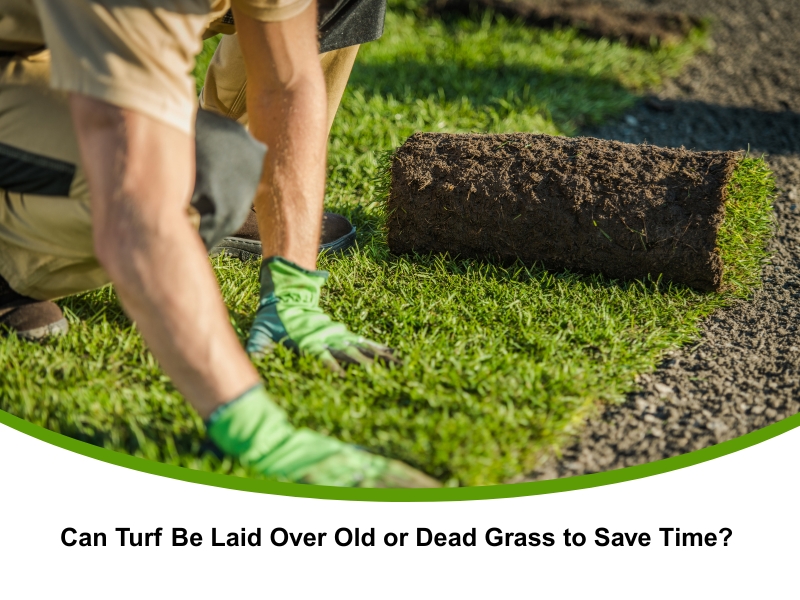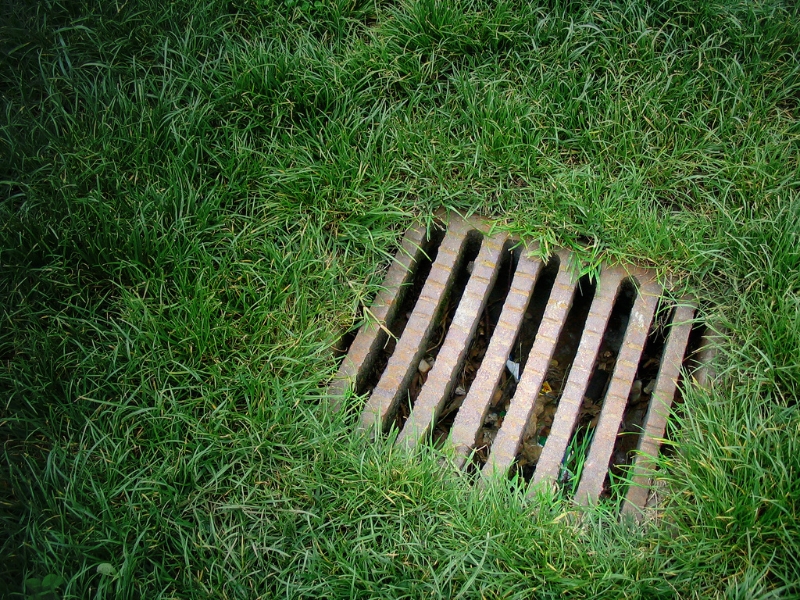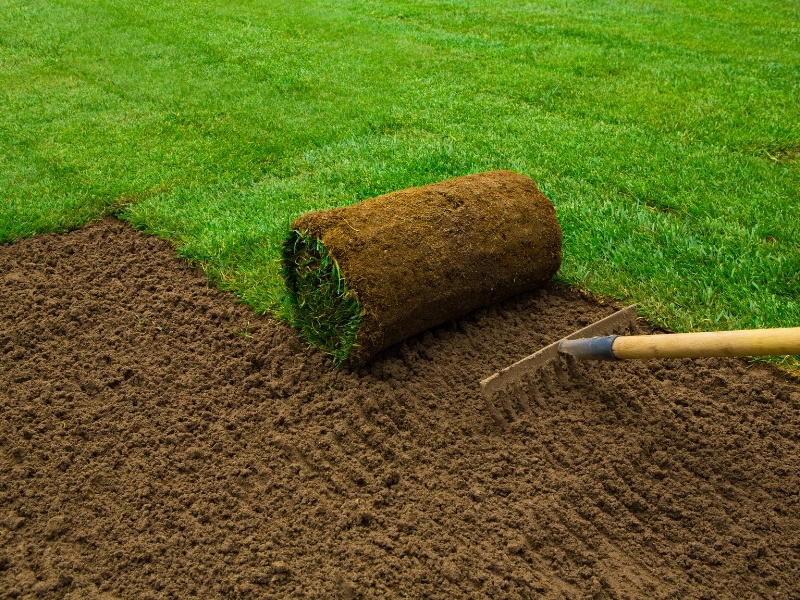When looking for a quicker way to refresh your lawn, laying new turf over old or dead grass is a smart and efficient solution. After all, skipping a few preparation steps could save time and money. However, while this approach may appear convenient, it is important to understand whether it will truly result in the lush, healthy lawn you are hoping for or if it could end up causing more issues in the long run. This article explores the pros and cons of laying new turf over existing grass, outlines what to consider before choosing this method, and provides guidance on achieving the best possible outcome for your lawn.
Can you lay turf over old grass without issues?
At first glance, laying turf over old grass is a practical shortcut. However, there are a few things to consider before you roll out the green carpet.
- Thatch buildup: Old grass, especially if it’s dead or dying, can develop a layer of thatch, which blocks the new turf’s roots from reaching the soil.
- Poor root contact: Healthy root contact is essential. New turf laid over old grass might struggle to bond with the soil underneath.
- Weed growth: Existing weeds can push through the new turf if not adequately dealt with before installation.
- Unlevel surface: Old grass can create an uneven surface, leading to a bumpy lawn.
- Pest habitat: Dead grass can provide a breeding ground for pests that could damage the new turf.
While it may seem convenient, laying turf over old grass without proper preparation often results in poor outcomes, costing more time and money in the long run.
How can you tell if new turf laid over old grass is failing?
Spotting turf trouble early can help you save your lawn before it’s too late. If you’ve laid turf over old grass, keep an eye out for the following red flags:
- Patchy growth: Uneven colour and bald spots often indicate poor root establishment.
- Yellowing blades: Discolouration usually means the turf isn’t getting enough nutrients or water.
- Soft underfoot: If the turf feels spongey or shifts when walked on, it’s a sign that it’s not bonding properly to the soil. This can often be caused by compacted soil in your lawn, which prevents the roots from establishing a strong connection with the ground beneath.
- Slow growth: A lawn that isn’t thriving might struggle to establish roots due to the layer of old grass beneath.
- Foul odour: Decomposing old grass can smell bad and harm new turf.
Failing turf is often soft, patchy, or discoloured. These are signs that the shortcut of laying turf over old grass might be working against you.
Can turf over old grass impact drainage?
Poor drainage is one of the significant downfalls of laying turf over dead grass. Ignoring this can leave your lawn waterlogged or dried out in spots. This highlights the importance of healthy soils and land management practices, which ensure proper water flow and provide the ideal environment for turf roots to thrive.
- Water pooling: Turf over old grass can prevent water from reaching the soil evenly.
- Compacted layers: Old grass creates an impermeable barrier that traps moisture.
- Inconsistent absorption: Turf roots might only penetrate shallowly, leading to uneven hydration.
- Fungal growth: Excess moisture can cause fungus and mould under the turf.
- Runoff risk: Rainwater may run off without proper drainage instead of soaking in.
Proper drainage is critical. Turf over old grass can seriously mess with water flow and root health.
What’s the right way to prep old lawns for turf?
Effective planning is key to ensuring your new turf thrives. It involves more than just cutting the old grass short.
- Remove old grass: Use a turf cutter or spade to remove all the old grass, roots, and debris.
- Aerate the soil: Break up compacted soil using a garden fork or aerator to allow air, water, and nutrients to circulate.
- Weed thoroughly: Remove weeds by the roots or use a pet-safe herbicide to prevent regrowth.
- Level the ground: Fill any dips or low spots with topsoil to create a flat surface.
- Add topsoil: A fresh layer of nutrient-rich soil helps new turf take root faster.
- Water before laying: Lightly dampen the soil to help roots bind quickly once the turf is laid.
By following these steps, you can ensure that your new turf establishes itself well, resulting in a lush and healthy lawn.
Should you level the area before laying turf?
A level surface is the backbone of a good-looking, healthy lawn. Here’s why skipping this step is a mistake:
- Prevents water pooling: An even lawn ensures water spreads uniformly.
- Better turf bonding: Turf makes more substantial contact with smooth, flat soil.
- Easier maintenance: Mowing and other maintenance tasks are simpler on level ground.
- More professional look: Uneven turf looks messy and unappealing.
- Safety: Uneven patches can be trip hazards, especially in high-traffic areas.
Levelling is a crucial step that pays off both visually and functionally. Avoid cutting corners if you want long-lasting results. Once the ground is levelled and the surface prepared, it’s essential to maintain a consistent watering routine for your new turf. Watering helps the turf settle into the soil, especially after it has been levelled. This ensures the turf remains moist enough to develop a strong root system, which is vital for healthy growth.
How do pros handle compacted soil under turf?
Professional landscapers approach compacted soil with strategic methods that give new turf the best shot at success.
- Core aeration: This removes small plugs of soil to relieve compaction.
- Rotary hoeing: Breaks up tough soil and improves texture for better root growth.
- Soil amendments: Adding sand, compost, or gypsum enhances drainage and nutrition.
- Double digging: For smaller areas, deep digging loosens compact layers manually.
- Soil testing: Ensures pH levels and nutrient balance before turf is laid.
Once the soil is properly prepared, getting new turf laid on your property becomes a much smoother process—setting the stage for lush, long-lasting grass.
Conclusion
While laying turf over old grass might seem like a quick solution, it’s usually not worth the potential risks. Proper preparation is essential for a healthy, lush lawn. Skipping steps like removing old grass and improving drainage and aeration can lead to uneven growth, patchy areas, and higher costs to fix the problems. Preparing your lawn correctly will save you both time and money in the long run.
For expert guidance on your garden or turf projects, A1 Gardening & Landscaping Sydney Sydney is here to help.



